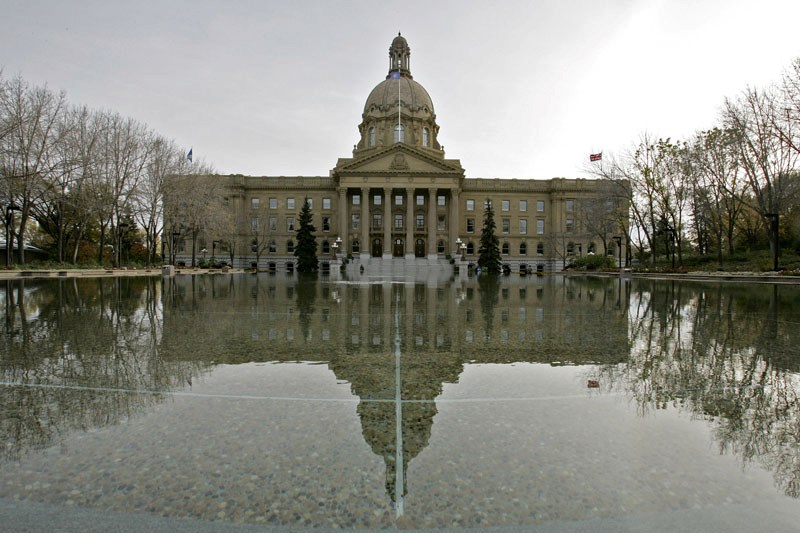Alberta’s finances took a rosy turn in the first three months of the 2011-2012 fiscal year, with deficit projections lowered by $2.1 billion over the first quarter.
The government is still poised to end the year with a $1.3-billion shortfall that will be covered by the provincial sustainability fund, but higher-than-expected land sales and royalties helped to stem the tide of red ink.
The province projected a $3.4-billion deficit when it first introduced the budget back in March.
Much of the extra cash came from higher prices for land sales, which were a full $1.3 billion higher than expected, including a record-setting land sale in June where the government sold the lease rights for 270,000 hectares for $842 million. That figure was almost twice as high as the government’s previous record, set in 2005.
The government also saw higher prices for oil and gas royalties, including oilsands bitumen, which generated $773 million more than anticipated.
Conventional oil brought a windfall to the province of $231 million, as higher crude oil prices combined with increased production.
At the start of the year, the government estimated bitumen would bring a price of C$72.02 per barrel. They have now revised that estimate up to C$76.34, while over the first three months of the government’s fiscal year, it has actually averaged higher at C$82.77.
Likewise, on conventional oil, the government pegged crude prices at US$89.40 per barrel at the start of the year, and has now increased that figure to US$97.85, while in the first three months of the year, prices have averaged US$102.56, according to government figures.
The higher Canadian dollar is the one area that is hurting the government. The government estimated it at US$0.9838 in the March budget and has now revised that with an assumption it will average out at US$1.0253 for the rest of the year. Since Alberta is paid in American dollars for many of its contracts, a one-cent increase in the exchange rate costs government coffers $154 million.
The increased revenue came in handy as the government also saw an increase in expenses, mostly in disaster recovery, including enormous expenses from the Slave Lake wildfire in May.
In total, the fire has cost the province $159 million, which does not include additional money the government has pledged to help the town rebuild that will be spent in future years. The government also forked out funds for agricultural recovery, southern Alberta floods and an additional $200 million for battling other fires in the province. Tallied together, the increased expenses cost the government some $456 million overall.
The government also had higher costs for capital grants, mostly due to projects from last year that went unfinished being moved into this year and higher expenses in a range of government departments, adding up to $650 million more in expenses than estimated during the budget.




